Background
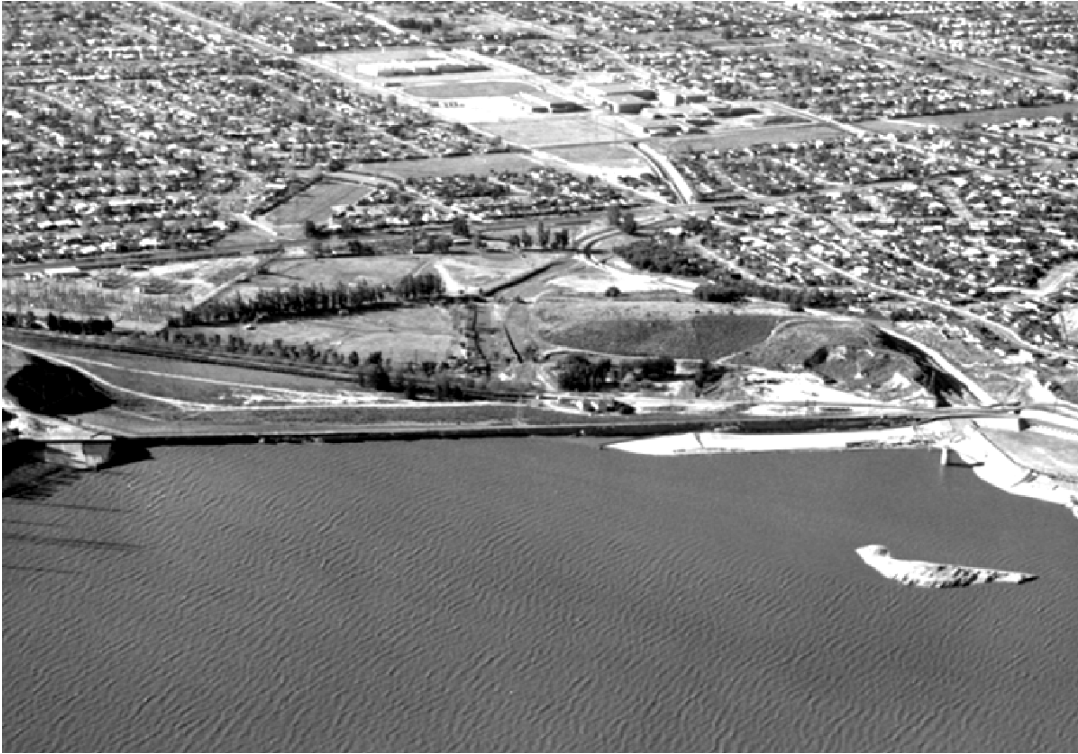
View of the damaged Lower San Fernando Dam after the February 1971 Earthquake looking downstream into the San Fernando Valley
The seismic performance of dams has been a topic of ongoing interest in dam engineering for decades. To this day seismic safety evaluations and modifications of dams involves considerable resources (McCann, 2012). There is a need and opportunity within the dam engineering and safety profession to collect, mine and leverage information on the seismic performance of dam systems that can support risk analysis studies (i.e., estimates of the seismic fragility of structures and equipment items), seismic dam safety decision making, and enhance the improvement in methods of engineering analysis. The collection and mining of seismic experience data in other areas of earthquake engineering has proved to be extremely valuable (Kassawara, et al., 1992; Kennedy, et al., 1992; EERI, 2004). This program is directed to the extension of these benefits to dam engineering.
A finding of a recent CEATI workshop (McCann, 2012) suggested, “Studies are required to gather and evaluate data on the seismic performance of dam systems. These studies are needed to assess quantitatively how dams have performed historically. In addition, these studies are needed to support the validation of engineering methods.”
Program Overview
To leverage the value of seismic performance data for dam systems, the National Performance of Dams Program (NPDP) ( http://npdp.stanford.edu/ ) at Stanford University has initiated an international program to collect, archive and evaluate data on the seismic performance of dam systems. The starting point for this effort takes advantage of international dam inventories, modern seismic data accessibility, mapping tools, the work of others who have gathered data on the seismic performance of dams (e.g., Makdisi, 1976; USCOLD, 1984, 1992; Swaisgood, 1998; USSD, 2002, 2014; among others) and recent work of the NPDP to gather data on the seismic performance of dams and the real-time tracking of seismic events and the potential exposure of dams to ground motion hazards.
The program is visualized to be carried out in two major phases:
- Phase 1 – Seismic Data and Dam System Performance Data Gathering
- Phase 2 – Data Analysis, Empirical Model Development, and Lessons Learned
Work is under way for Phase 1.
Seismic Hazards
Dams may be exposed to multiple hazards during a seismic event. These include:
- Ground Motions
- Landslides or rockslides
- Rockfalls
- Fault displacements
- Seiche
Historically, dam systems have often experienced multiple seismic hazards during the same earthquake. The 2008 Wenchuan Earthquake in China is a case in point. Elements of dam systems were exposed to high levels of earthquake ground motion and rockfalls that damaged hydropower facilities, including penstocks and powerhouse structures. In addition, landslides created natural dams, blocking river channels.
Tasks
- Compile an International Earthquake Catalog
- Compile Strong-Motion Recordings at Dams
- Compile an International Dams Directory
- Gather Dam Performance Documentation
- Literature Search
- International Survey
- Database and Web Application Development
- Conduct Seismic Performance Workshops
- Initial Data Evaluation
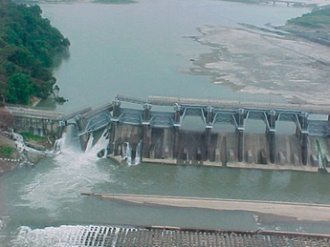 (a) |
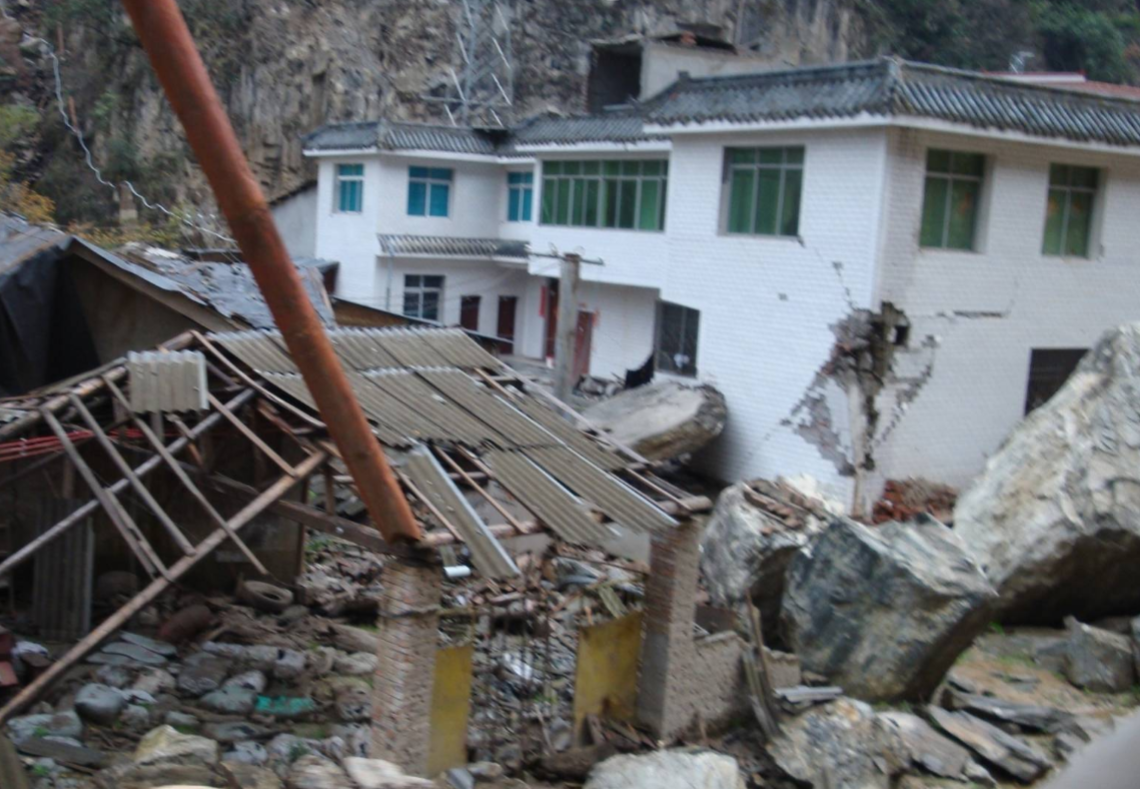 (b) |
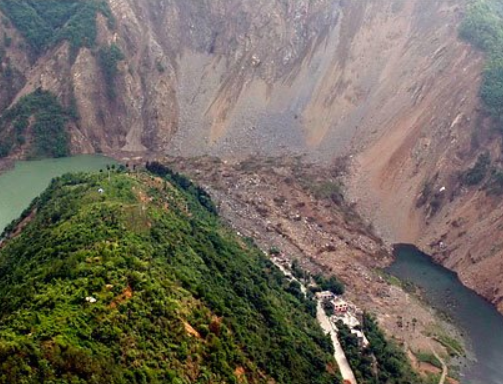 (c) |
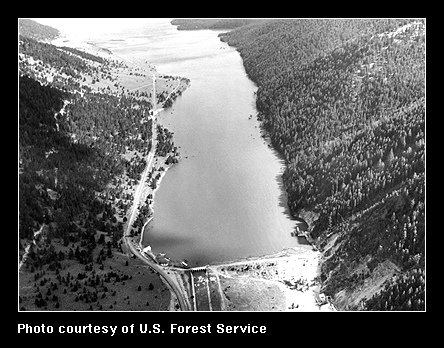 (d) |
View of seismic hazards that have occurred at dams; a) fault displacement, b) rockfalls, c) landslides & rockslides, and d) seiche.
Contact Us for More Information
If you would like more information about the program or would like to participate in this work, please contact Martin McCann: mmccann@stanford.edu
Citations
Earthquake Engineering Research Institute (2014), LEARNING FROM EARTHQUAKES, The EERI Learning from Earthquakes Program: A Brief Synopsis of Major Contributions, Oakland, CA, September.
Kassawara, R.P., W.R. Schmidt, and N.P. Smith (1992), The Evolution of the Seismic Qualification Utility Group Methodology for Assessing Seismic Adequacy of Nuclear Plant Equipment, Proceedings of the American Power Conference, Chicago, IL., Illinois Institute of Technology.
Kennedy, R.P., W.A. von Riesemann, L.A. Wyllie, Jr., A.J. Schiff, P. Ibanez (1992), Part 1: Use of Seismic Experience and Test Data to Show Ruggedness of Equipment in Nuclear Power Plants Part 11: Review Procedure to Assess Seismic Ruggedness of Cantilever Bracket Cable Tray Supports, Prepared by Sandia National Laboratory, SAND92–0140 l UC–523, September.
Makdisi, F.I. (1976), Performance and Analysis of Earth Dams During Strong Earthquakes, Ph.D. Thesis, Department of Civil Engineering, University of California, Berkeley.
McCann, M.W. (2012), CEATI Seismic Hazard and Risk Workshop for Hydropower Projects, CEATI Project 0288, Montreal, Quebec.
Swaisgood, J.R. (1998), Seismically-Induced Deformation of Embankment Dams, Proceedings of 6th U.S. National Conference on Earthquake Engineering, May 13- June 4, Seattle, WA.
U.S. Committee on Large Dams (1984), Bibliography on Performance of Dams During Earthquakes, Denver, Colorado.
U.S. Committee on Large Dams (1992), Observed Performance of Dams During Earthquakes, Denver, Colorado.
U.S. Society on Dams (2002), Observed Performance of Dams During Earthquakes, Volume II, Denver, Colorado.
U.S. Society on Dams (2013), Observed Performance of Dams During Earthquakes, Volume III, Denver, Colorado.
